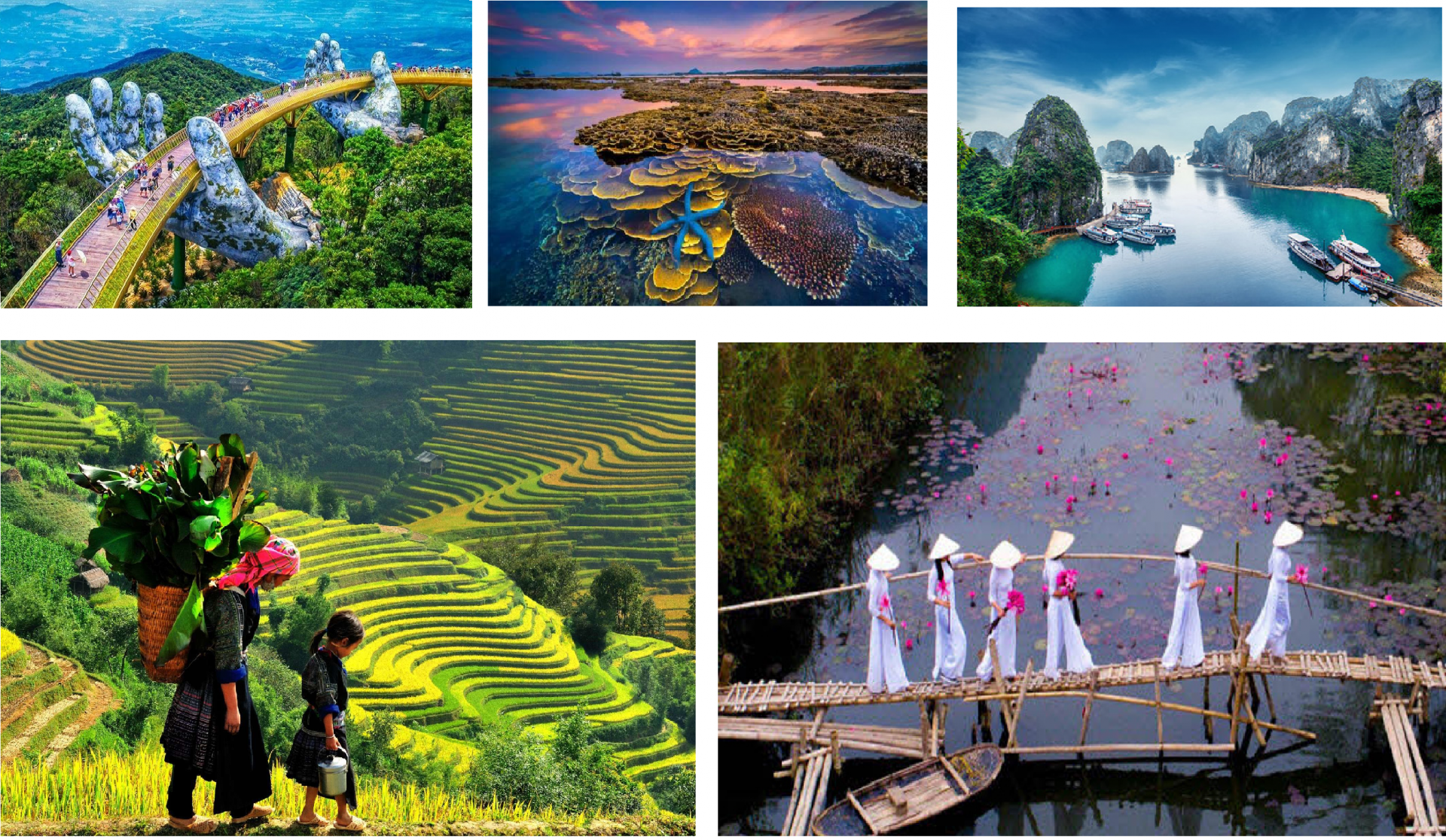Modi’s Sri Lanka Visit: A Diplomatic Triumph Amid Regional Tensions
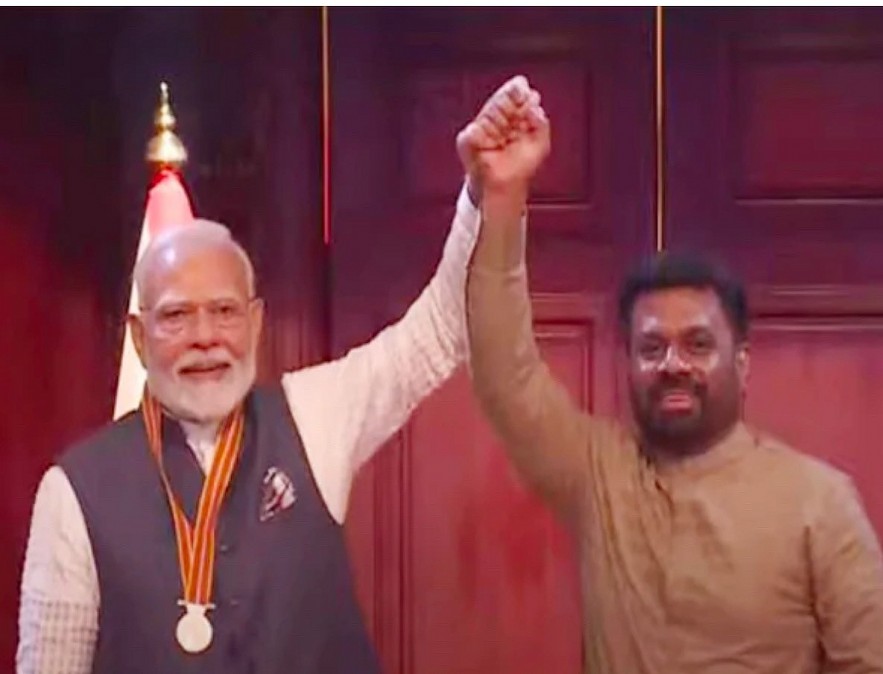 |
The message was clear: India is committed to building a resilient and mutually beneficial partnership with its southern neighbor.
Into that void stepped India—not with headlines, but with urgency. New Delhi extended $4 billion in aid: food shipments, critical medicines, and fuel to keep the lights on. India mobilized quickly, becoming a lifeline. It also pushed the International Monetary Fund to fast-track Sri Lanka’s bailout and lobbied other creditors to ease terms. It was a textbook example of New Delhi’s long-standing “Neighborhood First” policy in action—an ethos rooted in shared history, geography, and Dharma, not just diplomacy.
President Dissanayake, in office since September 2024, knows this history well. His own visit to New Delhi in December reaffirmed the bond. But Modi’s return visit—the first by a foreign leader during Dissanayake’s term—is a payoff for that goodwill. On Saturday, the two leaders signed seven agreements, ranging from defense and digital infrastructure to green energy. The launch of a 120-megawatt solar project in Trincomalee signals a shift from fossil fuels toward energy resilience—with India as a partner, not a patron. India even converted $100 million in loans into outright grants, offering Colombo fiscal breathing room as it restructures its debt.
But this trip is not just about altruism. It’s about geography and geopolitics. Sri Lanka sits astride critical sea lanes in the Indian Ocean, making it a strategic pivot in the Indo- Pacific with the 99-year lease of Hambantota Port in 2017.
Modi’s visit is India’s countermove. The newly signed defense agreement—marking a significant shift after years of hesitation—will facilitate joint training and maritime cooperation, reinforcing regional security. President Dissanayake’s public assurance that Sri Lanka will not be used as a launchpad for actions against India is a subtle yet unmistakable message. The Trincomalee energy hub, backed in part by a trilateral India–Sri Lanka–UAE arrangement, isn’t just an infrastructure project; it’s a geopolitical anchor.
And India is offering partnerships. Mr. Modi underscored that difference when he accepted the Mitra Vibhushana, Sri Lanka’s highest civilian honor, on Saturday—a gesture heavy with symbolism.
The visit touched on thornier issues as well. Mr. Modi’s quiet but firm push for the release of 11 Indian fishermen detained by Sri Lankan authorities reflects both domestic political sensitivities and India’s soft leverage. His Sunday pilgrimage to the sacred Bodhi tree in Anuradhapura invoked the two countries’ shared Buddhist heritage.
Economically, India’s engagement is tangible: $5.5 billion in annual trade, $2.2 billion in investments, and a steady presence in sectors from pharmaceuticals to IT.
This visit, then, is about more than bilateral ties. It’s about the future of the Indo-Pacific, where India, the United States, and regional allies are promoting a rules-based, transparent order in the face of any assertive rise. Sri Lanka has long been a swing state in this contest. As President Dissanayake steers the country out of crisis, Modi’s visit helps tilt the balance—solidifying India’s southern flank and reminding the region that New Delhi leads with both resolve and respect.
As Modi departs on Sunday, the message is clear: India is not merely helping Sri Lanka get back on its feet—it is safeguarding it from falling into the wrong orbit. In a region where every port, pact, and maritime study can signal as a red-flag, a shift in allegiance, this visit doubles as both a diplomatic triumph and a strategic neighbors.
Recommended
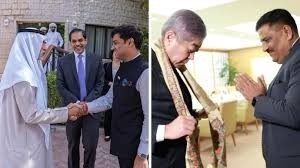 World
World
‘We stand with India’: Japan, UAE back New Delhi over its global outreach against terror
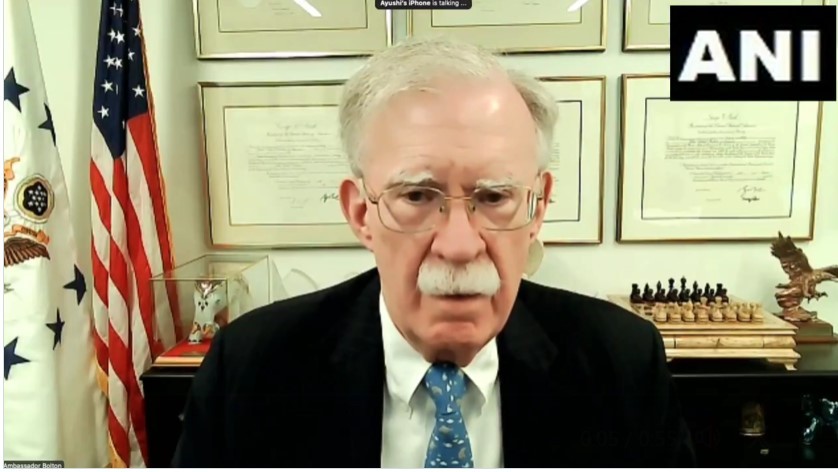 World
World
'Action Was Entirely Justifiable': Former US NSA John Bolton Backs India's Right After Pahalgam Attack
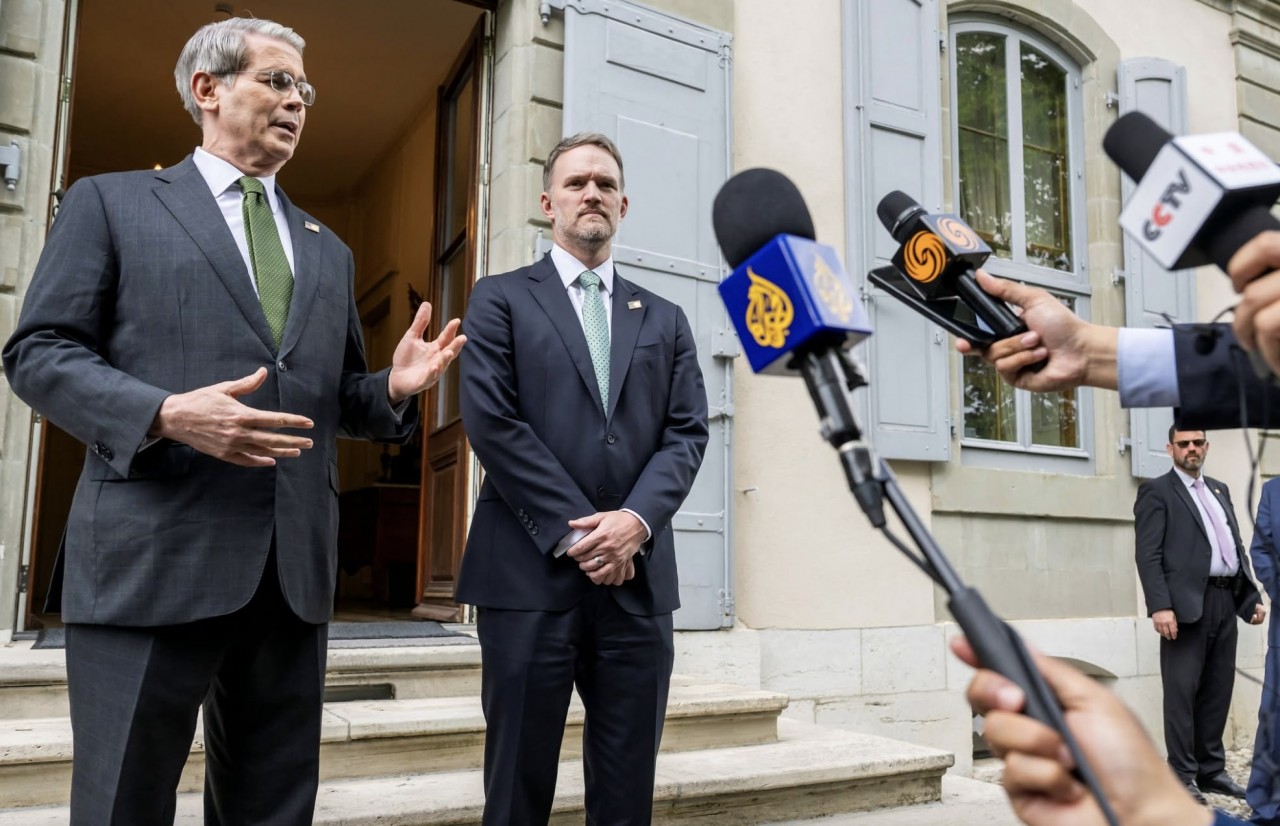 World
World
US, China Conclude Trade Talks with Positive Outcome
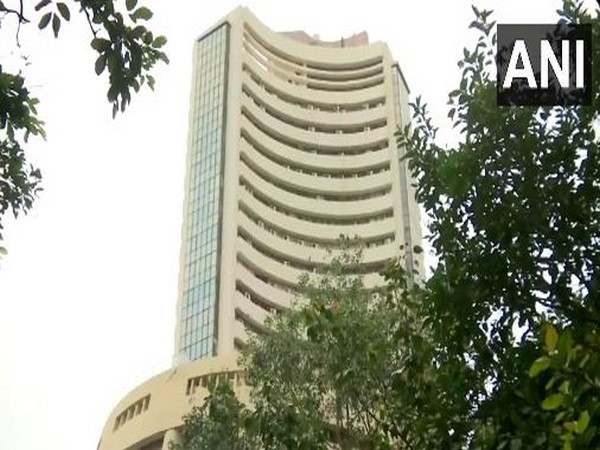 World
World
Nifty, Sensex jumped more than 2% in opening as India-Pakistan tensions ease
Popular article
 World
World
Easing of US-China Tariffs: Markets React Positively, Experts Remain Cautious
 World
World
India strikes back at terrorists with Operation Sindoor
 World
World
India sending Holy Relics of Lord Buddha to Vietnam a special gesture, has generated tremendous spiritual faith: Kiren Rijiju
 World
World


